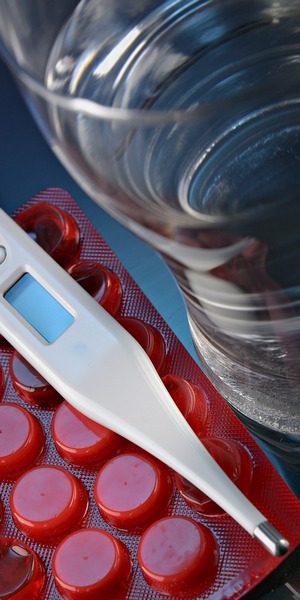UTI: When to Go to the Hospital. Spotting Urgent Symptoms

Urinary tract infections (UTIs) can be uncomfortable and, in some instances, escalate to serious health concerns. While numerous UTIs can be managed using at-home remedies and over-the-counter medications, situations may arise where seeking medical attention at a hospital is of utmost importance.
In this extensive guide, we will discuss the circumstances that warrant hospitalization for a UTI, ensuring that you are equipped with the information needed to make informed decisions regarding your urinary health. Additionally, we will provide up-to-date information concerning UTIs and their management.
Understanding Urinary Tract Infections
Before we delve into when hospitalization is necessary for a UTI, let’s briefly grasp the nature of a UTI and its common origins. A UTI is an infection that impacts any component of the urinary system, encompassing the bladder, urethra, ureters, and kidneys. Typically, these infections occur when bacteria infiltrate the urinary tract, culminating in a spectrum of uncomfortable symptoms.
Recognizing UTI Symptoms
Although UTIs may manifest in varying degrees of severity, there are shared symptoms to be vigilant about:
- Frequent and Discomforting Urination. A Noteworthy Indicator: If you find yourself dealing with a persistent urge to urinate, coupled with an uncomfortable burning sensation, it could potentially signify a UTI.
- Cloudy, Hemorrhagic, or Strongly Scented Urine. Anomalous Urinary Presentation: Any alteration in the color or odor of your urine, particularly if it becomes cloudy or bloody, may indicate the presence of a UTI.
- Pain or Pressure in the Lower Abdomen. Lower Abdominal Distress: UTIs can bring about sensations of pain or pressure in the lower abdomen, which can vary in intensity from mild to severe.
- Fatigue and Weakened Vitality. Systemic Impacts: In certain cases, a UTI may lead to feelings of fatigue and reduced vitality, signifying the possibility of the infection extending to the kidneys.
- Fever and Chills. Potential Severity: The emergence of a high fever and chills raises concerns as it may hint at a more severe kidney infection.
When Hospitalization for UTI is Necessary
Although numerous UTIs can be effectively managed through at-home remedies and antibiotics prescribed by a healthcare provider, there are specific scenarios that mandate seeking treatment at a hospital:
Elevated Fever and Chills
Suspected Kidney Infection*: Should you develop a high fever (exceeding 101°F or 38.3°C) accompanied by chills, this could potentially signify a kidney infection—a grave condition demanding immediate medical intervention.
Intense Pain
Severe Discomfort: Experiencing intense pain in the lower abdomen or back might suggest a more severe UTI or kidney infection, necessitating a comprehensive evaluation at a hospital.
Confusion and Cognitive Changes
Altered Mental State: Instances of confusion, disorientation, or cognitive changes should not be overlooked, as they may be indicative of a severe UTI affecting the kidneys, warranting prompt hospital care.
Prolonged Vomiting and Dehydration
Fluid Imbalance: Persistent vomiting and dehydration may occur in cases of severe UTIs. Hospital-based treatment is crucial for rehydration and symptom management.
Conclusion
To conclude, the ability to identify when hospitalization is necessary for a UTI is pivotal in ensuring timely treatment and averting potential complications. While many UTIs can be self-managed, severe symptoms such as high fever, severe pain, cognitive changes, and dehydration necessitate immediate medical attention.
Your urinary health holds paramount importance, and comprehending the gravity of UTI symptoms can substantially impact your overall well-being. Should you suspect a severe UTI, do not hesitate to seek urgent care at a hospital for a comprehensive evaluation and the requisite treatment.








